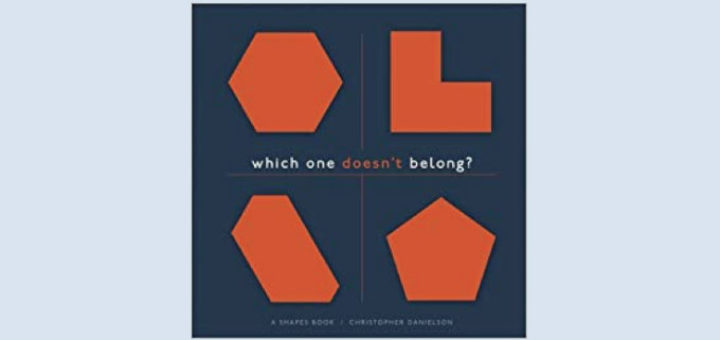Small Shifts Can Impact Learning in Big Ways
Laura Von Staden says Joy Kirr’s “Shift This!” is a must read for all teachers, full of actionable strategies, the research and reasons to implement them, and the steps and support to transform your teaching to reach every student with the maximum impact possible.






















